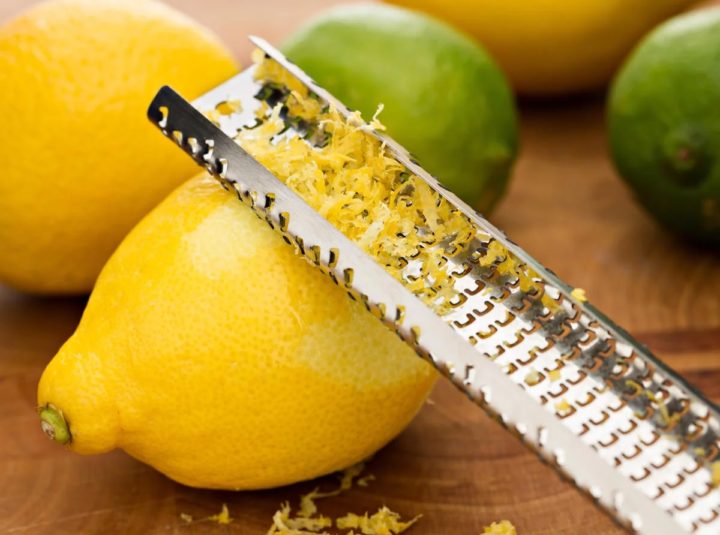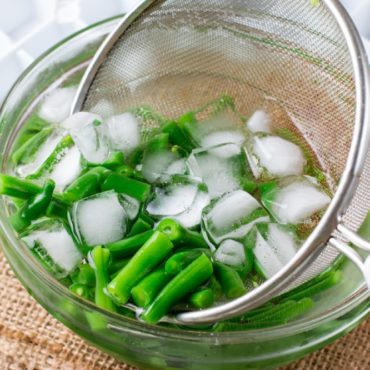You keep seeing zest in recipes and WTF is zest anyway? The zest of a lemon or lime is the outer layer of the peel. Packed with oils that add flavor and fragrance, the zest adds intensity to sauces, desserts, and cocktails.
Why should you care? Because unlike the juice, the zest can really bring your dish to life. Also, zest can also be used for cocktails so don’t work about making too much.
Now let’s get into it.
Zesting Basics
First things first … for those of you wondering, yes, you can actually eat the rind of just about any citrus fruit. You can use it to flavor water and other beverages, as the basis for marinades and dressings, and in baked goods (candied orange slices, anyone?).
And unlike the juice, the zest is packed with essential oils and doesn’t have the acidity or tartness.
But before you bite into your favorite citrus fruit, it’s important to note that citrus fruits are made up of a colorful, flavor-packed outer layer, a bitter white layer (called the pith), and the flesh of the fruit (where the juice comes from).
When zesting, you’re working with the brightly colored flesh of the peel, not the bitter white part just below the skin that can ruin the flavor of any good drink or meal. In fact, the only rule of zesting is that you remove the skin and avoid picking up as much of the pith as you can. It sounds tough but it really does get easier the more times you do it, especially if you’re using the right tool.
Zesting How-To
There are basically four different ways to zest your favorite citrus fruit:
Choosing a tool really depends on your plan for the zest. Expect to grind it up in baked goods? A paring knife is just fine. Want to sprinkle it on baked goods for a finishing touch? Track down a citrus zester. You get the idea.
Now that you know your options for tools, let’s look a little deeper at each.
Citrus Zester: This tool produces the longer, thinner, curly strips of zest that you see used as a garnish on many main dishes.
Microplane Grater: You can find this amazing tool on Amazon or any store with kitchen utensils. It’s one of the simplest and most effective tools you can own. To use it, hold the citrus over a cutting board or plate. Grab the grater and apply a downward motion to drag the fruit across the blades. Turn the fruit as you go so you get only the colored portion of the skin.
Vegetable Peeler: Drag the peeler across the citrus fruit (from top to bottom) while applying a light, deliberate pressure and you’ll get pieces of zest that are ideal for infusions into oils or flavored simple syrup and can be sliced or diced to suit any recipe.
Paring knife: The only caveat is that your paring knife needs to be sharp to be effective. As with the vegetable peeler, the pieces of zest can be sliced, minced, or more according to the needs of the recipe.
Bonus: How to Use Use the Naked Citrus
Once the zest has been removed you need to use the fruit relatively quickly or it will dry out. Consider the following:
- Squeeze the lemon (or lime, or grapefruit) and save the juice in an ice cube tray or bottle
- Using a paring knife, cut out the segments and freeze for use later
Cocktails Anyone?
Citrus zest is a key ingredient in countless cocktails. It heightens the sour notes, mutes the bitterness, and reduces acidity to add a lighter, brighter tone to most drinks. So the next time your meal calls for zest, make extra and use it in your favorite cocktail. Cheers!
Have zesting tips or recipes to share? Post them here!



